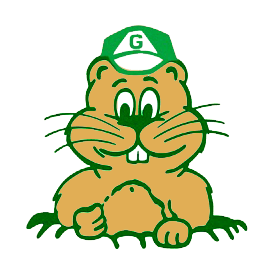Third Grade – Curriculum Guide
Third Grade Guide
Writing Assessment
Writing Rubric (Based on CA Language Arts Standards) for third grade is described in the following table. A score of 3 meets state and district third grade standards.
| Score | Characteristics of assessments earning the score |
|---|---|
| 4 |
|
| 3 |
|
| 2 |
|
| 1 |
|
Writing Strategy for Third Grade
- Writing clearly develops a central idea consistent with a given prompt
- Penmanship is legible (cursive is recommended)
- Writing process is used (pre-writing, drafting, revising, and editing)
Applications of Writing Strategy
- Narrative: Provides a context which action takes place (setting, cause and effect, and explanations) includes well-chosen details to develop the plot. Provides insight into why the selected incident is memorable.
- Descriptive: Writes a description giving a unified impression of a person, place, thing, or experience using concrete sensory details.
- Letter Writing: Writes a personal or formal letter as well as invitation and thank you note showing awareness of audience and clear purpose, includes date, proper salutation, body, closing, and signature.
Last Updated: April 12, 2024
